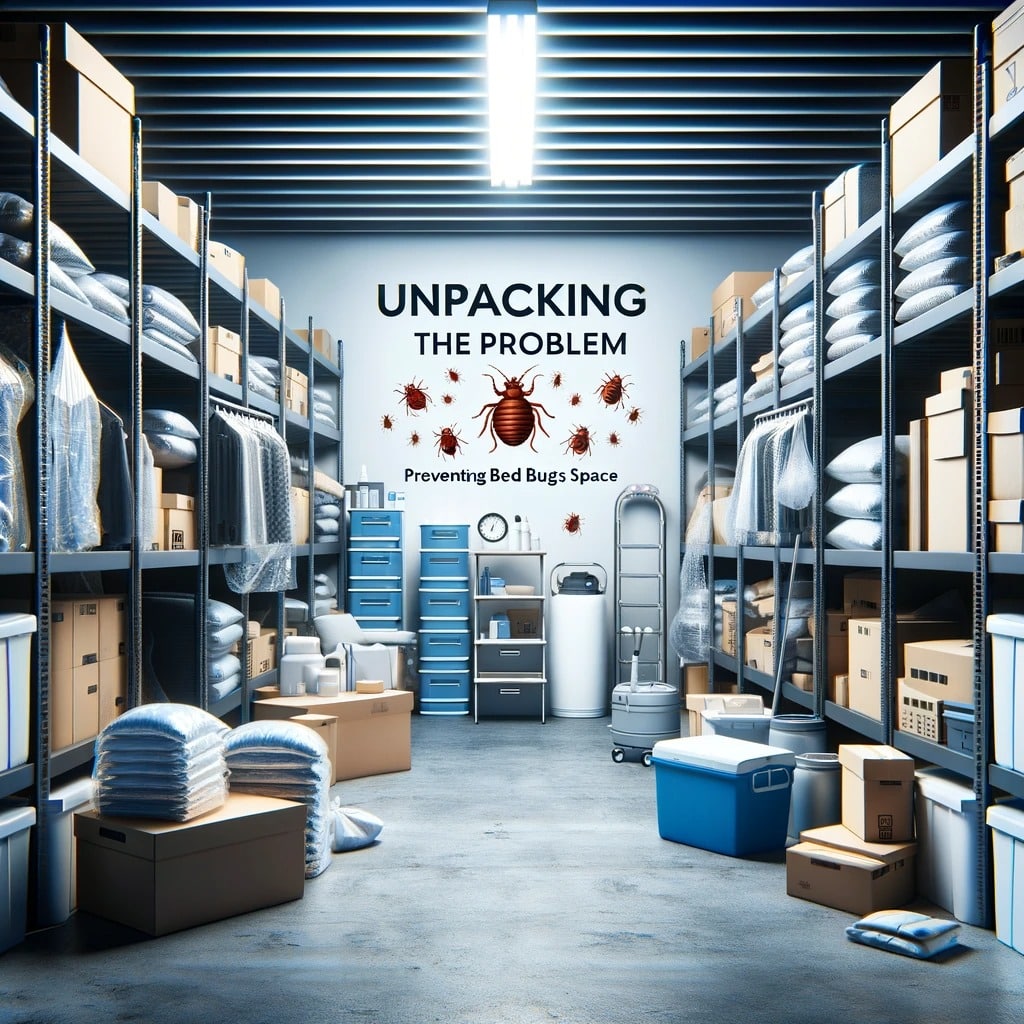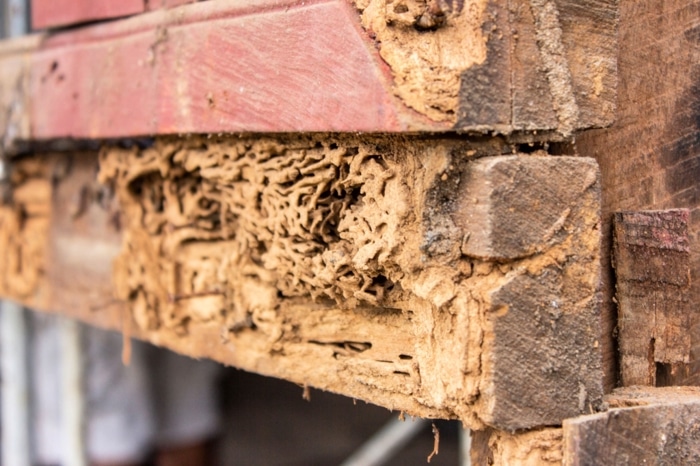Keeping your home free of pests is essential for maintaining a safe and healthy living environment. Pests like ants, roaches, and mice are more than just nuisances; they can cause significant damage and health problems. While professional pest control services are effective, they can also be expensive. This is where DIY pest control comes in. By using manual tools and equipment, you can manage and prevent pest problems on your own, saving both time and money.
In this guide, we’ll explore some of the best manual pest control tools and how to use them effectively.
Safety First
Before diving into the world of DIY pest control, it’s crucial to prioritize safety. Handling pest control tools and chemicals can be hazardous if not done correctly. Here are some essential safety tips:
First, always wear personal protective equipment (PPE) when dealing with pests and chemicals. This includes gloves, masks, and safety glasses. PPE helps protect you from potential exposure to harmful substances and pests.
Next, be sure to read and follow all instructions and safety labels on pest control products and tools. These instructions are there to ensure that you use the products safely and effectively. Misusing chemicals or tools can lead to accidents or ineffective pest control.
Proper storage of pest control tools and chemicals is also important. Keep them in a secure place, out of reach of children and pets. Ensure that all containers are properly sealed to prevent spills or accidental ingestion.
Lastly, keep your working area well-ventilated. Good ventilation reduces the risk of inhaling harmful fumes from pest control chemicals.
Common Household Pests
Knowing your enemy is half the battle. Here’s a brief overview of some of the most common household pests and why they’re a problem:
Ants are often seen marching in lines toward food sources. They can contaminate food and cause structural damage to your home. Certain species, like carpenter ants, are particularly damaging as they can chew through wood.
Roaches are not only unsightly but also carry diseases. They thrive in warm, moist environments and can spread bacteria and allergens, leading to health issues such as asthma and allergies.
Mice are small but mighty when it comes to causing problems. They can chew through wires, insulation, and even walls, leading to costly repairs. Mice also carry diseases and can contaminate food supplies with their droppings.
Understanding the habits and risks associated with these pests is essential for effective pest control. By knowing where they are likely to hide and what attracts them, you can better target your pest control efforts.
Essential Manual Pest Control Tools
Having the right tools makes all the difference when it comes to DIY pest control. Let’s look at some essential manual tools that can help keep your home pest-free.
Handheld Sprayers
Handheld sprayers are very useful for applying insecticides around your home. There are two main types: pump sprayers and trigger sprayers. Pump sprayers can hold more liquid and are great for larger areas. Trigger sprayers are smaller and ideal for spot treatments.
When using a sprayer, it’s important to follow the instructions on the insecticide label. This ensures you use the right amount and apply it safely. Aim the sprayer at the base of walls, around doorways, and in cracks and crevices where pests like to hide. Regular use of a sprayer can help keep pests at bay.
Bait Stations
Bait stations are perfect for dealing with ants and roaches. These devices attract pests with food bait that contains a slow-acting poison. The pests take the bait back to their nests, where it kills the entire colony.
To use bait stations effectively, place them in areas where you’ve seen pest activity. Common spots include under sinks, behind appliances, and along baseboards. Check the stations regularly and replace them as needed. This simple tool can significantly reduce pest populations in your home.
Snap Traps
Snap traps are a tried-and-true method for catching mice and rats. These traps use a spring-loaded bar to quickly kill rodents when they take the bait. There are different types of snap traps, including wooden and plastic versions.
When setting snap traps, placement is key. Position them along walls where rodents travel, as they prefer to stay close to edges. Bait the traps with peanut butter or cheese to attract the rodents. Check the traps daily and dispose of any caught rodents promptly. Snap traps are an effective and humane way to control rodent problems.
Glue Boards
Glue boards are sticky traps that catch insects and rodents. They are easy to use and don’t contain any chemicals. Simply place the glue boards in areas where pests are active. When pests walk over the board, they get stuck.
Glue boards are particularly useful for monitoring pest activity. Place them in basements, attics, and other out-of-the-way spots. Check the boards regularly to see what pests are present and adjust your control methods accordingly.
Dusters
Dusters are tools used to apply dust insecticides. These are great for treating cracks, crevices, and voids where pests hide. The dust sticks to the pests and kills them over time.
To use a duster, fill it with the dust insecticide and squeeze the bulb to release a fine powder. Apply the dust in hard-to-reach areas, like behind baseboards and inside wall voids. Be sure to use the dust sparingly, as a little goes a long way.
Manual Sprayers
Manual sprayers, like compressed air sprayers, are another essential tool. They are similar to handheld sprayers but are more powerful and can cover larger areas. These are ideal for outdoor use and large indoor spaces.
Fill the sprayer with the appropriate insecticide and pump it to build pressure. Then, spray the areas where pests are likely to enter your home, such as around windows, doors, and the foundation. Regular use of a manual sprayer can create a barrier that keeps pests from entering.
Specialty Tools
In addition to the basic tools, there are a few specialty tools that can make pest control even more effective.
Insecticide Applicators
Insecticide applicators are designed for precision. They help you apply insecticides exactly where you need them, minimizing waste and exposure. These are especially useful for targeting specific pests or hard-to-reach areas.
Rodent Bait Boxes
Rodent bait boxes are secure containers for rodent bait. They prevent pets and children from accessing the bait while allowing rodents to enter. Place bait boxes in areas where you’ve seen rodent activity, such as garages and sheds. Check and refill the boxes regularly to maintain their effectiveness.
Pest Inspection Mirrors
Pest inspection mirrors are handy for checking hard-to-reach spots. These mirrors, often mounted on extendable handles, help you see behind furniture, under appliances, and into tight spaces. Regular inspections with a mirror can help you spot pest problems early, allowing you to address them before they become severe.
DIY Pest Control Strategies
Now that you know about the tools, let’s talk strategies. Using the right tools is essential, but combining them with effective techniques makes them even more powerful.
Preventive Measures
Preventing pests is the first step to keeping your home pest-free. Start by keeping your home clean. Regularly sweep, mop, and vacuum to eliminate food crumbs and spills that attract pests. Store food in sealed containers and keep your kitchen counters clear of food. Don’t forget to take out the trash regularly and keep garbage cans clean.
Sealing entry points is another important step. Pests can enter your home through tiny cracks and gaps. Inspect your home for any openings around windows, doors, and the foundation. Use caulk or weather-stripping to seal these gaps and prevent pests from sneaking in.
Monitoring and Maintenance
Regular monitoring helps you catch pest problems early. Use glue boards and bait stations to keep an eye on pest activity. Check these tools regularly and replace them as needed. This will help you stay on top of any potential infestations.
Maintenance is key to long-term pest control. Keep your tools clean and in good working condition. Replace worn-out parts and refills promptly. Consistent use of your pest control tools will keep pests at bay.
Integrated Pest Management (IPM)
Integrated Pest Management (IPM) is a smart approach that combines different methods for the best results. This strategy involves using a combination of tools and techniques to manage pests effectively.
Start by identifying the pest and understanding its habits. Then, use a combination of preventive measures, monitoring, and targeted treatments. For example, you might use a sprayer for general treatment, bait stations for specific pests, and snap traps for rodents. Adjust your methods as needed based on the pest activity you observe.
Troubleshooting Common Problems
Even with the best tools and strategies, you might run into some challenges. Here are a few common issues and how to solve them:
If your traps aren’t working, try changing the bait or moving the traps to a different location. Sometimes pests avoid traps if they sense danger.
If bait stations aren’t reducing pest numbers, check to ensure they are placed correctly and not obstructed. Pests need easy access to the bait for it to be effective.
When dealing with persistent pests, you may need to combine different tools and methods. For example, if ants are still a problem after using bait stations, try adding a perimeter spray around your home.
Benefits of Manual Pest Control Tools
Manual pest control tools offer several benefits. They are cost-effective, allowing you to save money compared to hiring professional services. These tools provide immediate results, giving you control over the pest situation in your home. Additionally, using manual tools gives you a hands-on approach, letting you target problem areas directly.
Conclusion
Taking control of pest problems yourself can be rewarding and cost-effective. With the right tools and strategies, you can keep your home pest-free. Remember to always prioritize safety and stay consistent with your efforts.
Ready to take charge of your pest control? Start with these manual tools and enjoy a pest-free home. If you ever need more tips or professional help, don’t hesitate to reach out. You’ve got this!







